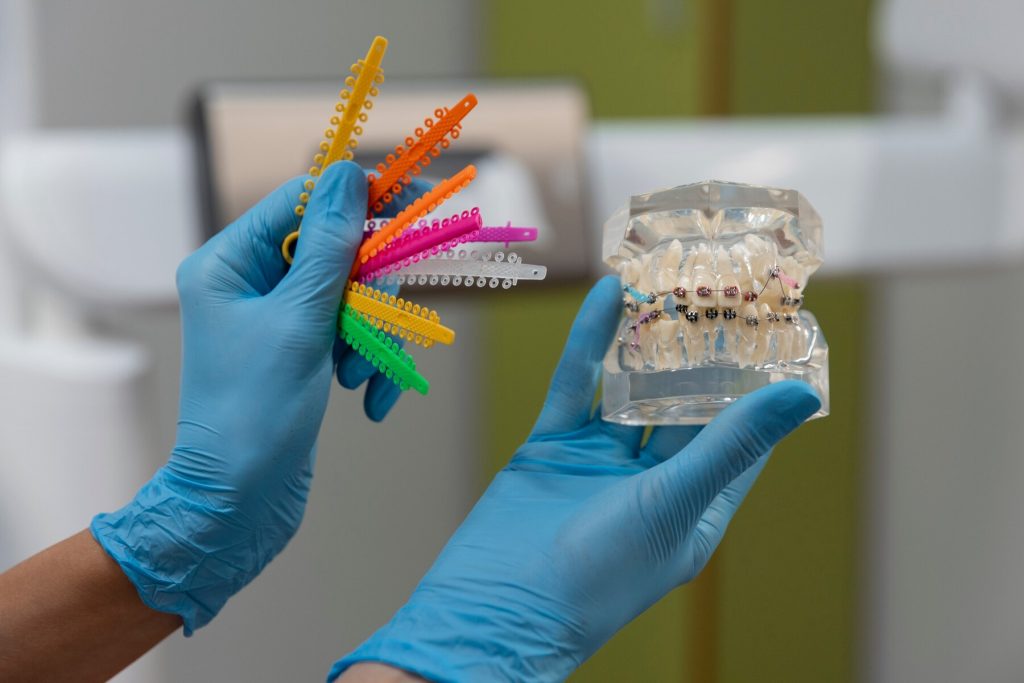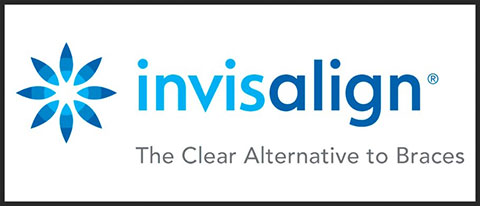Braces have become an integral part of modern dental care, but their perception in Singapore has evolved significantly over the years. What was once seen as a tool for correcting severe dental problems is now embraced as a symbol of self-care, confidence, and personal growth. This shift reflects broader societal changes, advancements in orthodontic technology, and increased awareness of the importance of dental health.
In this article, we’ll explore the transformation of how braces are perceived in Singapore, from their practical origins to their role in today’s beauty and health-conscious culture.
The Early Days: Braces as a Necessity
In the past, braces were primarily used to address severe dental issues. These included problems like crooked teeth, overbites, underbites, and overcrowding, which often caused discomfort or difficulty chewing. Orthodontic treatment was seen as a necessary medical intervention rather than a lifestyle choice.
Braces in those days were far from discreet. Made from bulky metal wires and brackets, they were highly visible and often uncomfortable. Teenagers, who made up the majority of patients, were frequently teased and self-conscious about their “metal mouths.” This made braces something to endure rather than embrace.
Cost was another significant barrier. Braces were expensive and considered a luxury that only wealthier families could afford. This limited access to orthodontic care, leaving many to forgo treatment unless it was absolutely necessary. The focus was on function, not aesthetics, and braces were viewed as a tool to correct dental problems rather than improve one’s appearance or confidence.
The Shift in the Early 2000s: Changing Attitudes
The early 2000s marked a turning point for orthodontics in Singapore. Several factors contributed to the changing perceptions of braces, including economic growth, exposure to global trends, and technological advancements.
As Singapore’s economy grew, families became more willing and able to invest in dental care. Braces were no longer viewed as a luxury but as an important step in ensuring long-term oral health and confidence for children. Parents began to see the value of orthodontic treatment as an investment in their children’s future, both socially and professionally.
At the same time, globalisation introduced Singaporeans to Western ideals of beauty. Straight, white teeth became associated with success, attractiveness, and good health. These influences made braces more desirable, with many viewing them as a pathway to achieving the perfect smile. This shift in mindset normalised braces and reduced the stigma of wearing them.
Technological advancements also played a key role in changing perceptions. Braces became smaller, more comfortable, and less visible. Options like ceramic braces, lingual braces (worn on the back of teeth), and clear aligners such as Invisalign provided patients with more discreet and convenient alternatives. These innovations encouraged more people to seek orthodontic care, knowing that treatment no longer meant enduring bulky, noticeable metal braces.
Braces Today: A Part of Everyday Life
Today, braces are a common and accepted part of life in Singapore. Their role has expanded from being a purely functional tool to a proactive choice for improving both oral health and personal confidence. For many, braces are now seen as a symbol of self-care and a step toward achieving a better quality of life.
For teenagers, braces have become almost a rite of passage. They are so common that wearing them is no longer stigmatised. In fact, many young people embrace braces as part of their identity, customising them with colourful rubber bands to reflect their personalities or celebrate festive occasions. This cultural shift has made braces less about fixing problems and more about self-expression and personal growth.
Adults in Singapore are also increasingly seeking orthodontic treatment. Options like clear aligners have made it easier for working professionals to straighten their teeth without compromising their appearance. Many adults who missed out on braces during childhood now view orthodontic treatment as an opportunity to improve their oral health, boost their confidence, and even enhance their professional image.
Why Braces Are Worth Considering
Modern braces offer a range of benefits that go beyond straightening teeth. They are now seen as a comprehensive solution for improving both oral health and overall well-being.
Health Benefits
Straight teeth are easier to clean, reducing the risk of cavities, gum disease, and other dental problems. Proper alignment also prevents issues like uneven wear on teeth, jaw pain, and difficulty chewing. By addressing these problems early, braces can help avoid more serious complications in the future.
Aesthetic and Psychological Benefits
A straight, healthy smile can have a profound impact on self-esteem and confidence. Whether it’s a teenager navigating school or an adult pursuing professional goals, braces can enhance one’s appearance and make social interactions more comfortable.
Preventative Care
Parents in Singapore are becoming more proactive about their children’s dental health. Early orthodontic evaluations, often conducted around the age of seven, allow orthodontists to identify and address potential issues before they worsen. This preventative approach reduces the need for extensive treatment later on and ensures healthier teeth for life.
Advancements in Braces Technology
One of the main reasons braces have become more appealing is the significant advancements in orthodontic technology. Today’s braces are designed to be more effective, comfortable, and tailored to individual needs.
Clear Aligners
Clear aligners like Invisalign have revolutionised orthodontics by offering a nearly invisible way to straighten teeth. These removable trays make it easy for patients to eat, brush, and floss without the restrictions associated with traditional braces. Their discreet appearance and convenience have made them a popular choice for both teenagers and adults in Singapore.
Modern Braces
Even traditional braces have improved significantly. Self-ligating braces eliminate the need for elastic ties, reducing discomfort and making adjustments easier. Heat-activated wires gently move teeth into place, shortening treatment times and enhancing comfort.
Digital Precision
Digital imaging and 3D technology allow orthodontists to create customised treatment plans for each patient. These tools ensure precise predictions of how teeth will move, delivering faster and more effective results. Patients can even see a digital preview of their expected results before starting treatment, giving them confidence in the process.
Braces and Singapore’s Cultural Norms
Braces have become an integral part of Singapore’s cultural landscape. Social media has played a significant role in normalising orthodontic treatment, with influencers and celebrities openly sharing their experiences. These platforms have highlighted the benefits of braces, inspiring others to pursue treatment and embrace the process.
For teenagers, braces are also a way to express themselves creatively. Coloured rubber bands and customised options have turned braces into a form of self-expression, making them more enjoyable to wear. This cultural acceptance has shifted the perception of braces from something to be endured to something to be celebrated.
Overcoming Challenges and Misconceptions
Despite their growing popularity, braces are not without challenges. Cost remains a significant barrier for some families in Singapore. While public dental services offer more affordable options, long waiting times can make it difficult for patients to access timely care.
There are also misconceptions about braces, particularly among adults. Some believe that orthodontic treatment is only effective for teenagers, while others worry about the maintenance required during treatment. Education and guidance from orthodontists are essential in addressing these concerns and helping patients make informed decisions.
The Future of Braces in Singapore
The future of braces in Singapore looks promising, with advancements in technology making orthodontic treatment even more effective and accessible. Artificial intelligence and machine learning are already being used to optimise treatment plans, predict outcomes, and enhance patient care. These innovations will further improve the patient experience, making braces more comfortable and efficient.
Preventative dental care is expected to play a larger role, with early intervention and public education ensuring healthier smiles for future generations. As braces become an integral part of modern dental care, their role in promoting both oral health and confidence will only continue to grow.
Towards Better Smiles
The perception of braces in Singapore has come a long way, from being a tool for correcting severe dental issues to a symbol of self-care and confidence. Modern braces technology has made orthodontic treatment more accessible, effective, and appealing, helping patients of all ages achieve healthier, more confident smiles.
At About Braces, we are proud to offer a range of modern braces options, including clear aligners, customised treatment plans, and advanced technologies. Whether you’re considering braces for yourself or your child, we’re here to provide expert care and guidance every step of the way. Let us help you achieve the smile you’ve always wanted.


 Photo by Freepik
Photo by Freepik
 Photo by Freepik
Photo by Freepik

Join the discussion One Comment